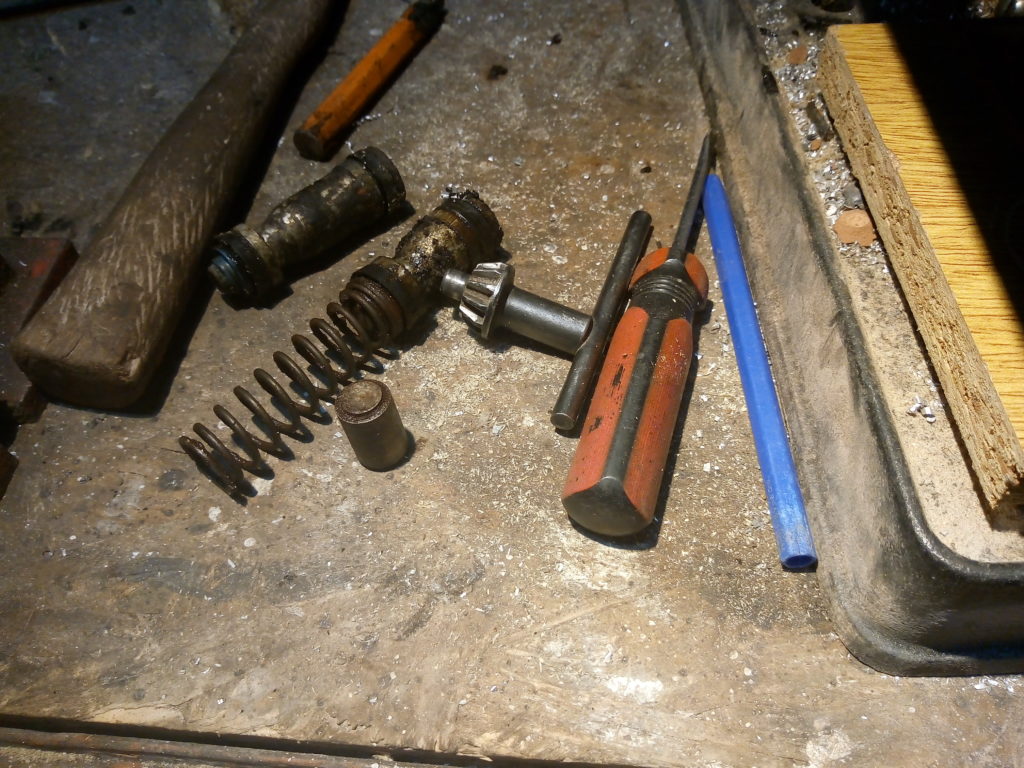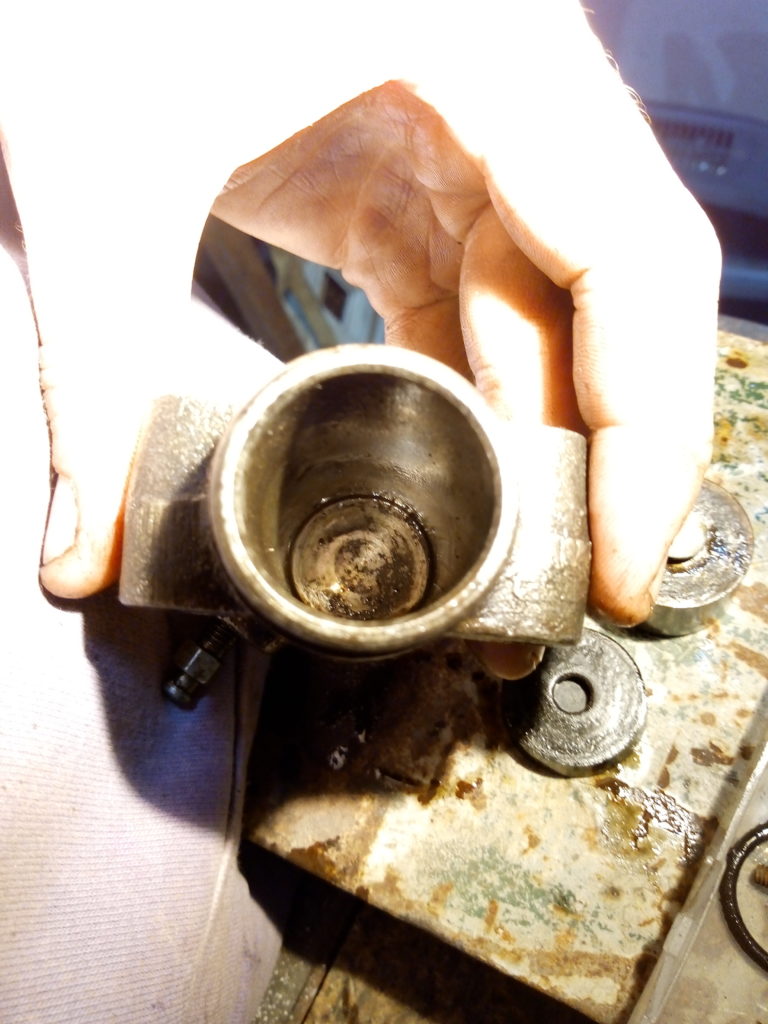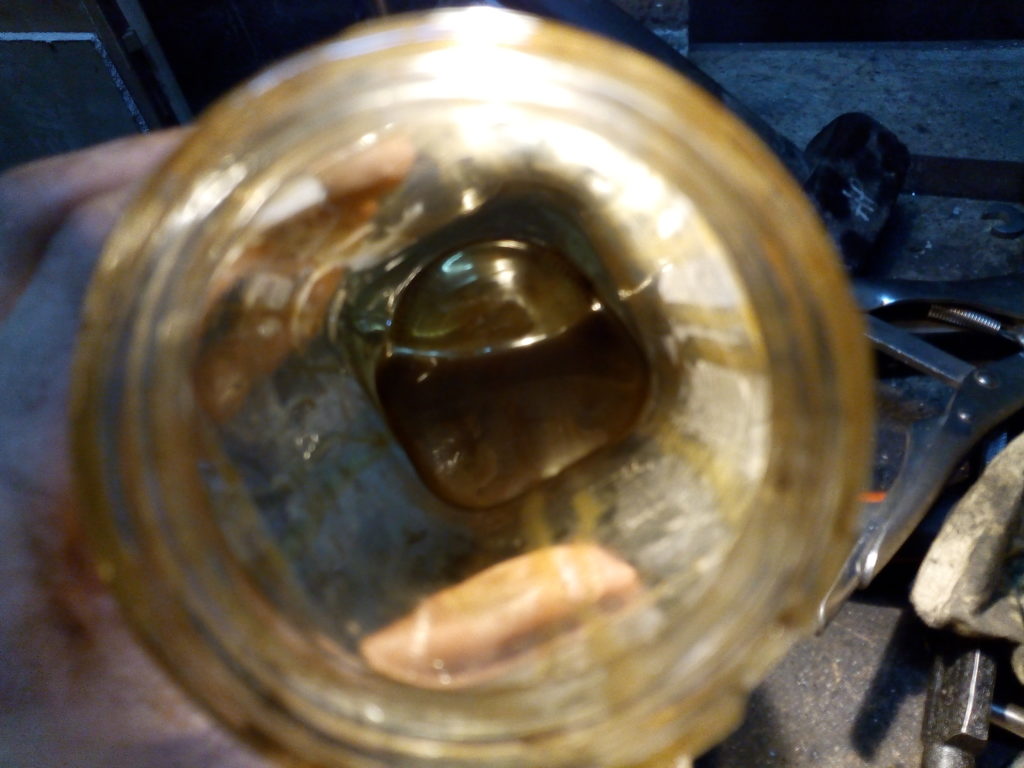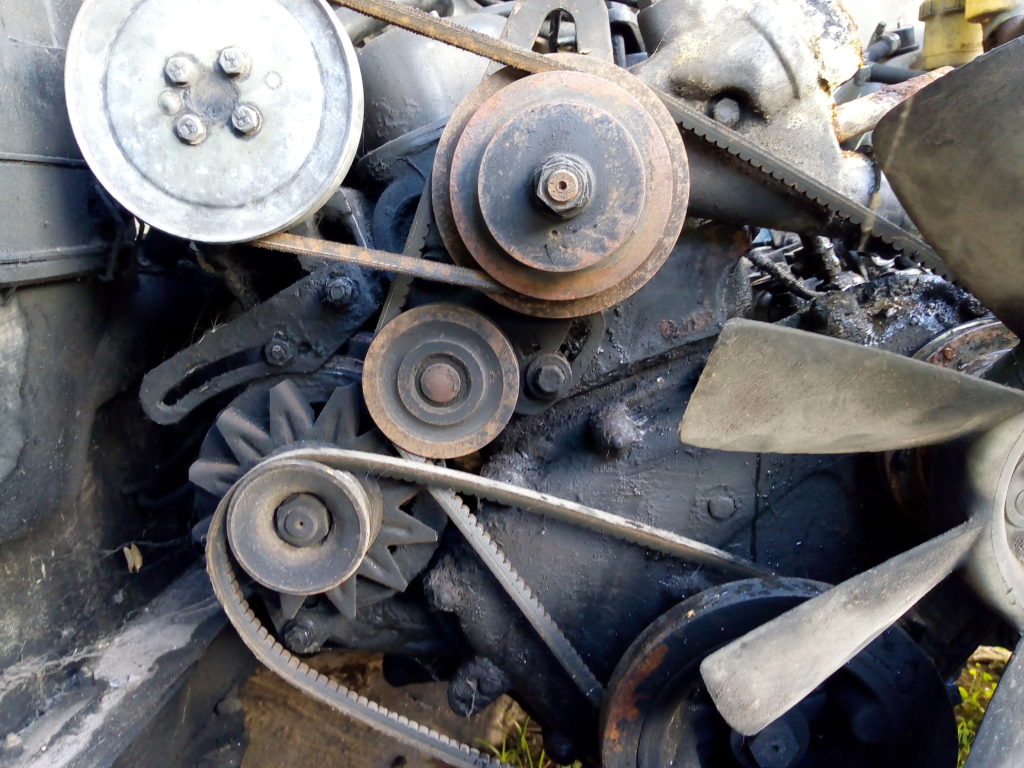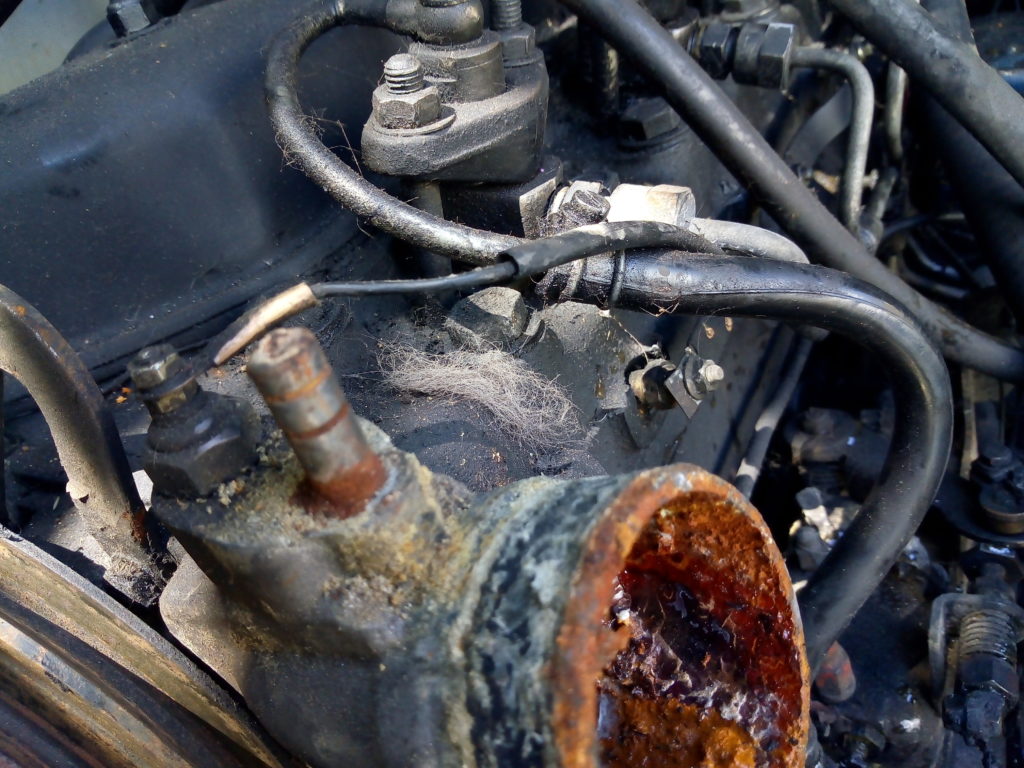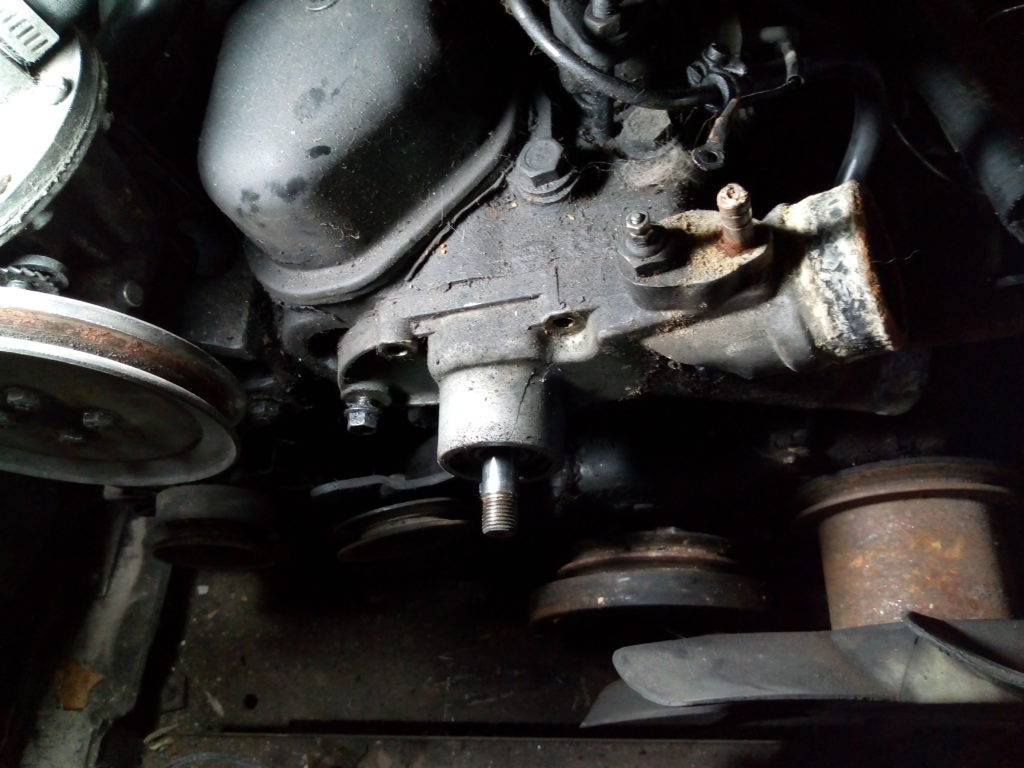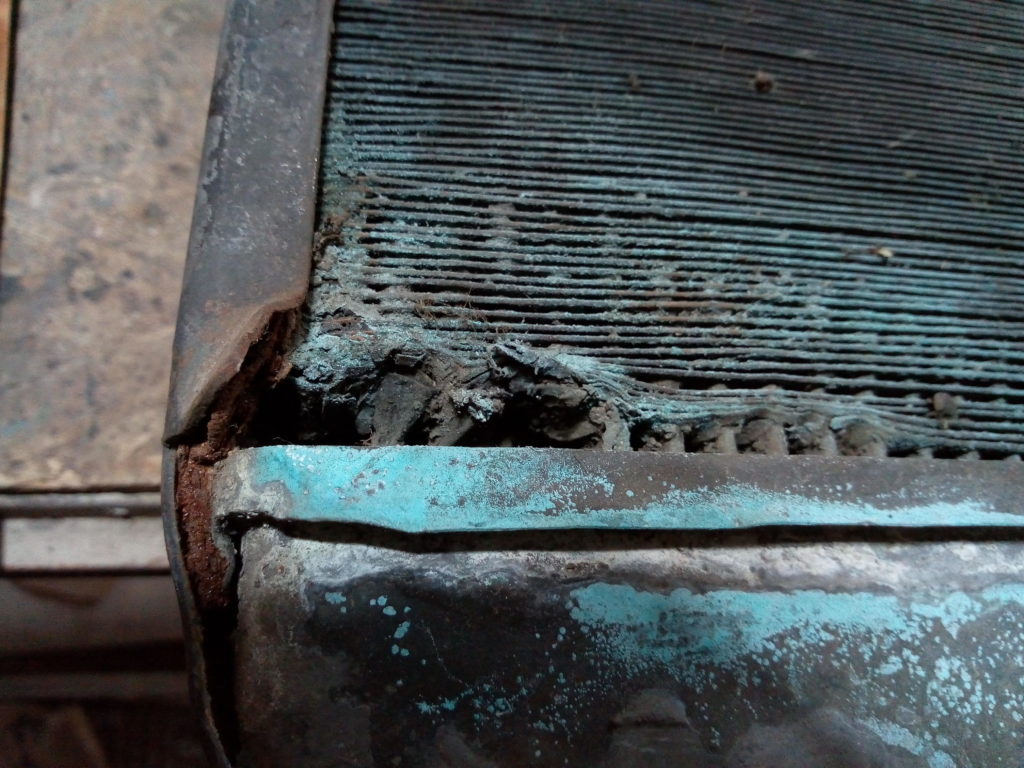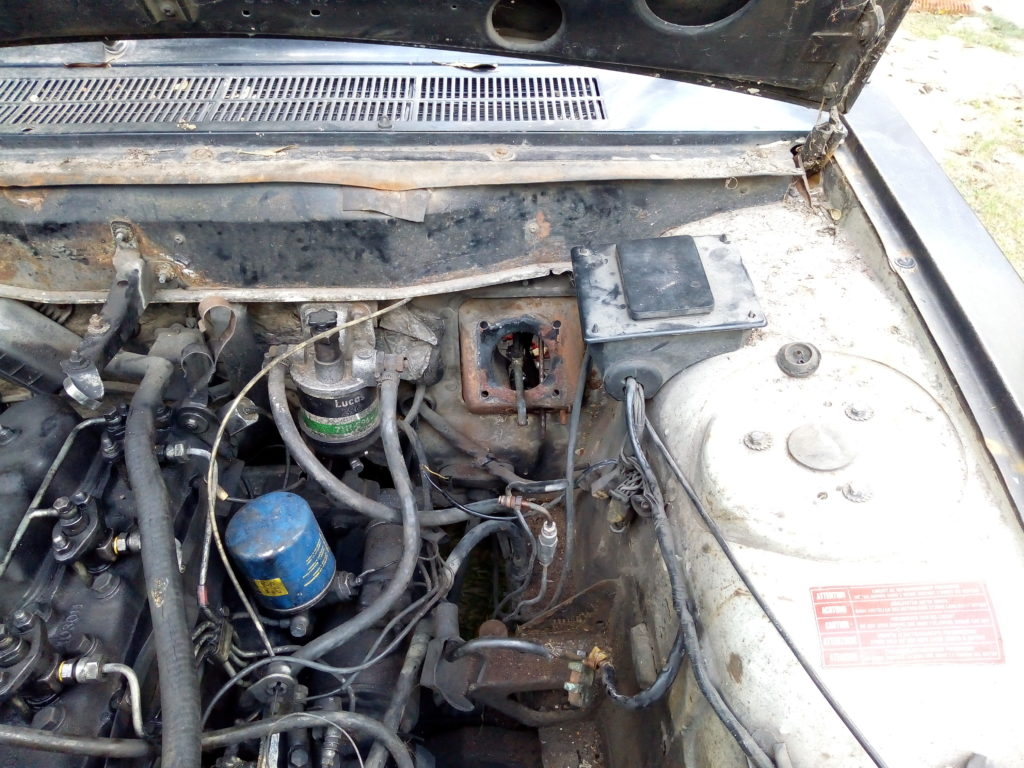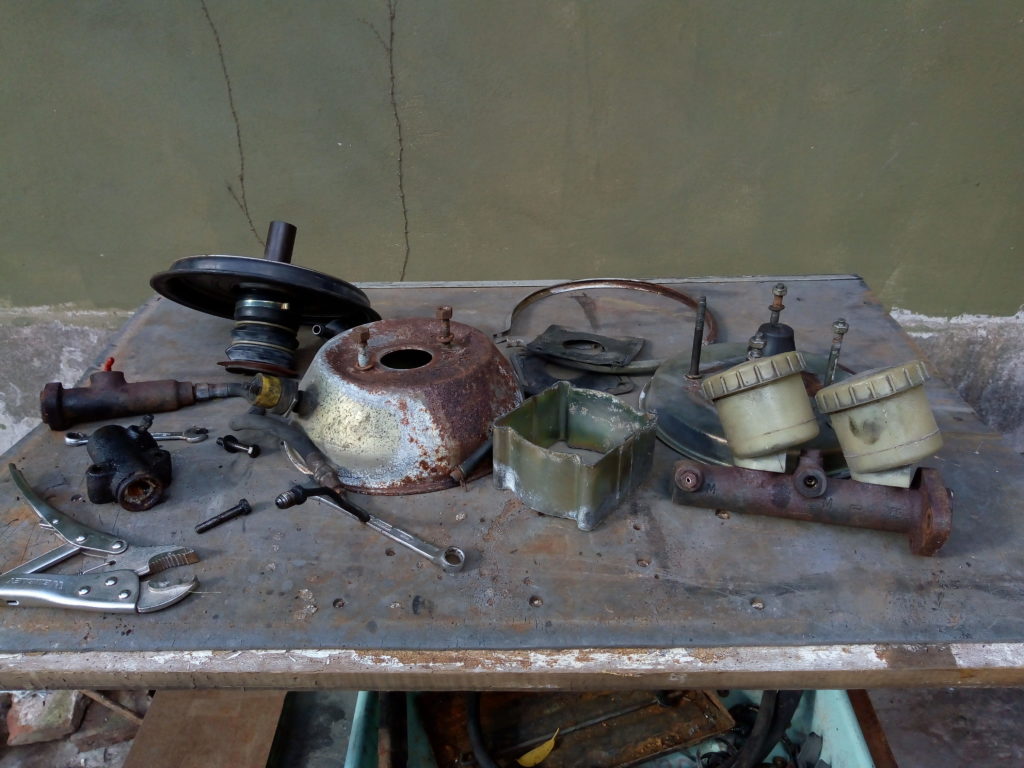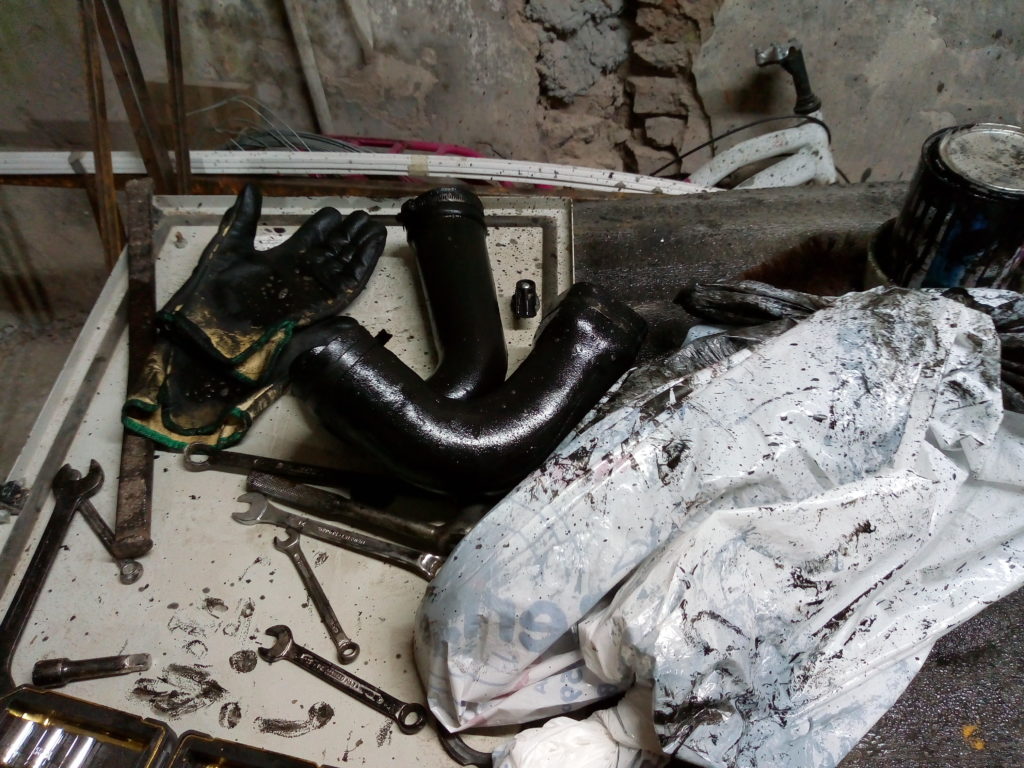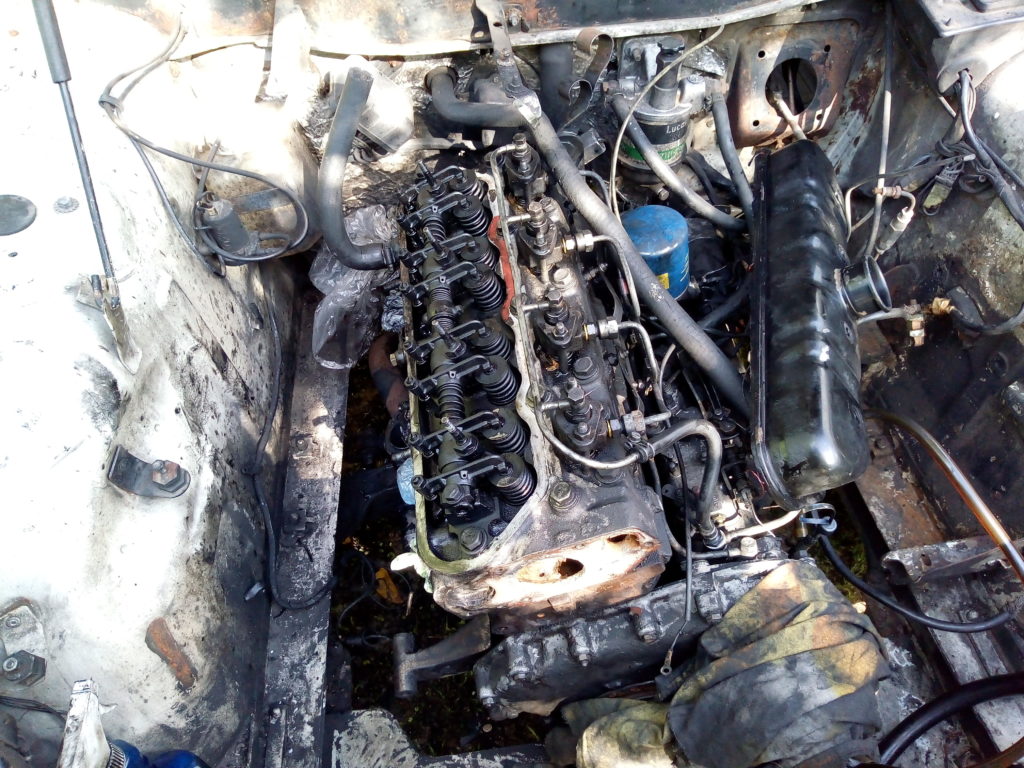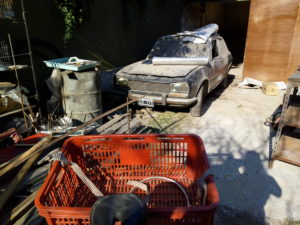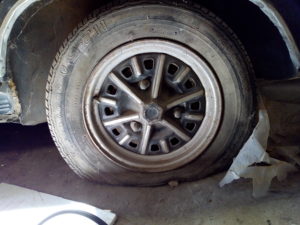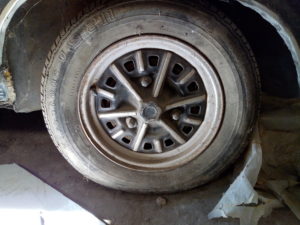Even before taking apart the clutch cylinders I knew I needed (and wanted) to change them for new parts. And today they arrived from the mail. But with a small twist:
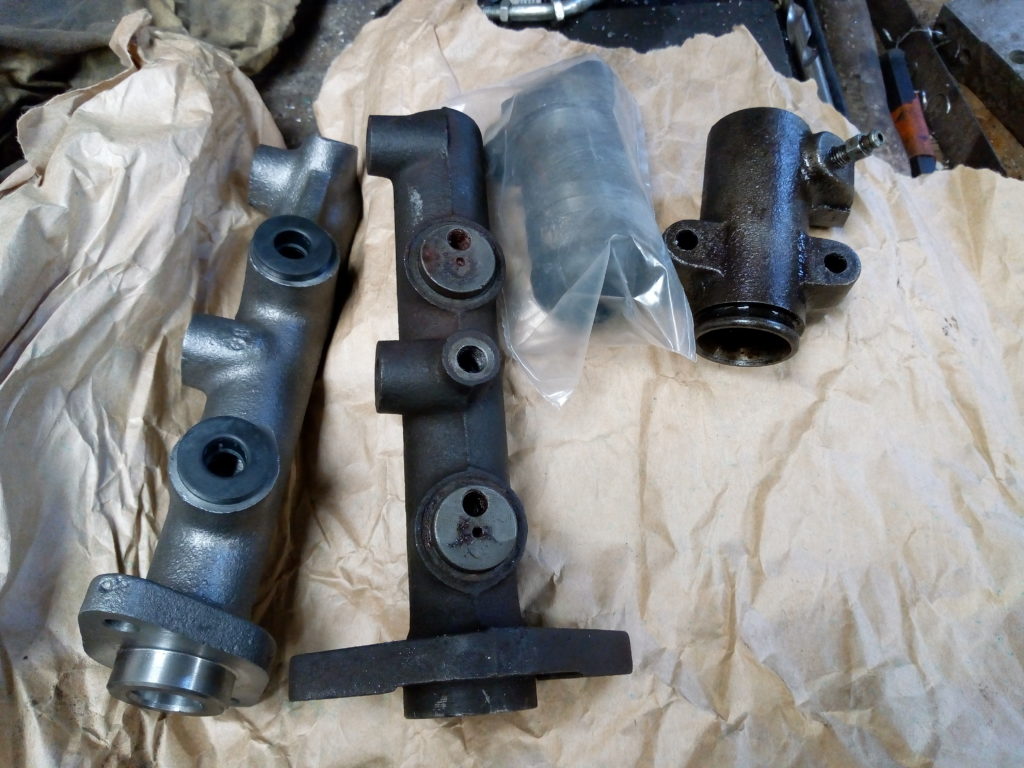
Fortunately the seller agreed to exchange them, so I repackaged the wrong parts (because the hoses and the other pump were the right ones) and dropped the box at the mail.
I’m amazed that even with that hiccup it was cheaper to order them from a parts store at the other corner of the province than buying locally.
Just for kicks I wanted to see what’s inside the brake master cylinder but it was really really stuck.
First I enlarged the recess on the piston a bit and used a half inch tap to try and grab it. It turned slightly but then the threads snapped.
My curiosity called for extreme measures and I conjured the power of the air to aid me.
Rummaging through the jar of pipe fittings I found a combination that allowed me to connect the cylinder to the pistol I use to pump the tires.
I gently increased the pressure until the innards flew across the table. This was sketchy and unsafe as fuck. Think of a potato cannon but throwing a chunk of metal.
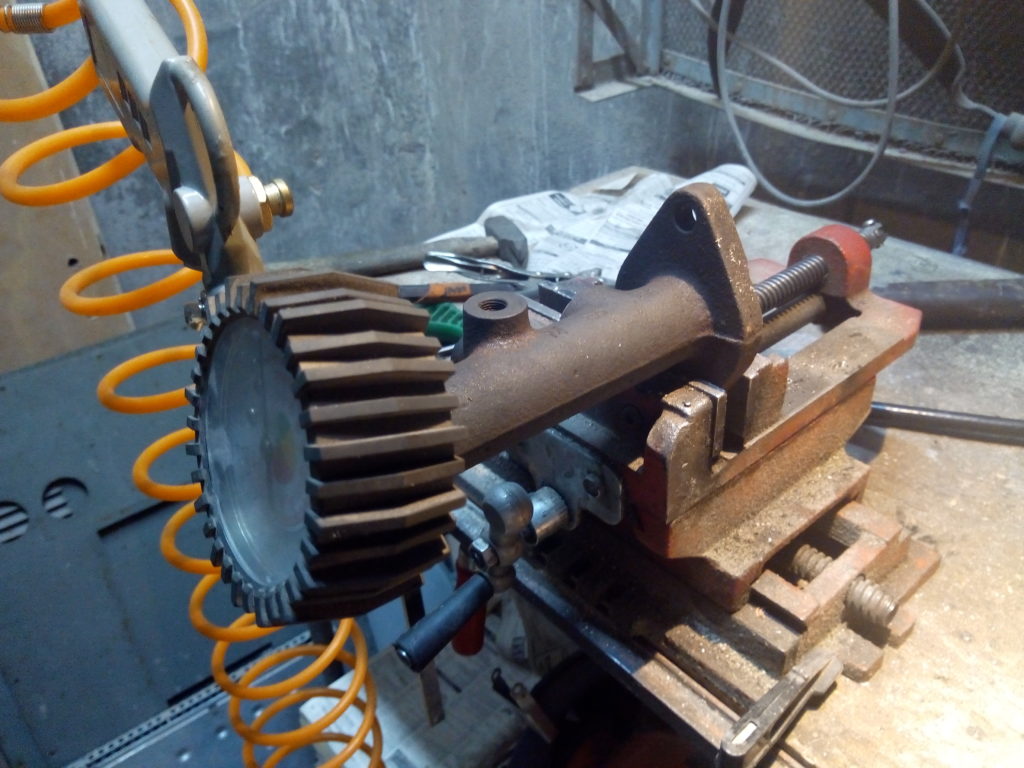
The pistons were more or less acceptable save for rubber and dirt deposits. But some of the seals almost disintegrated when touched.
